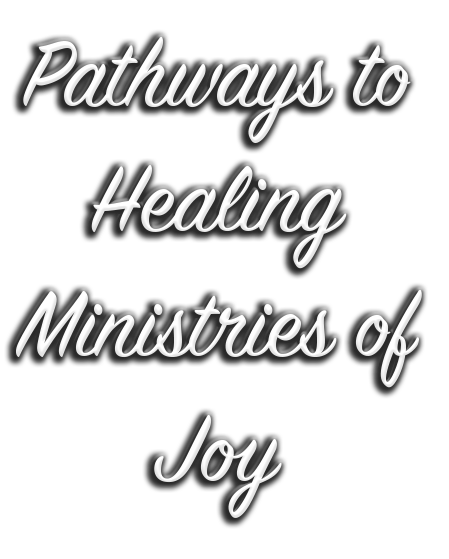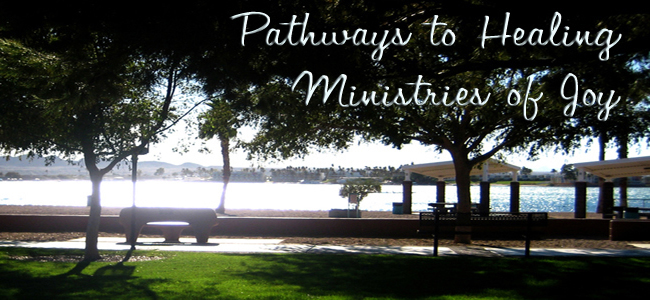
About two decades ago, I met James[1]. He was one of my first patients in hospice. After talking a few moments, he said, “I haven’t been in church for many years. But, I was a Sunday school kid. Every Sunday, until I was a teenager, I was happy to go to church. Then there just wasn’t a lot of thoughts going on about God.”
Mostly our conversations were around his picturesque recounts of fishing as those trips were obviously the highlight of his life. I did enjoy hearing the stories but mostly savored how, at the very ending days of his life—with an IV in his arm—he was finding solace in those memories. Not at any point within my two home-hospice visits did James talk about his illness or dying.
This was a bit concerning. I had been trained to believe doctors always prepared a patient for entering hospice, telling them medical treatment would stop as it no longer held any promise for saving one’s life. Hospice teams are experts at treating pain and fostering the highest level of comfort possible. Still, while with James, what seemed the right thing to do, was to just be there for him, letting him know I was enjoying what he was sharing. I could hear the “rivers roar,” in places . . . yet, also envision his fly fishing in the calmer, peaceful waters. He was that good with these stories.
Before my next scheduled visit to James’ house, I got a call from his hospice nurse. She said, “James was hospitalized. We don’t expect him to live beyond 48 to 72 hours.”
Arriving at his hospital room, I figured James would want to talk about this part of his journey. But, no. After rousing a bit to speak, he said, “Let me tell you about the next fishing trip I’m going to make!”
Again, I found listening was the only thing to do. Upon leaving, I did have some difficult feelings, telling myself, “The doctor has failed to tell this man the truth—he is dying!”
Early the next day I got a call from his wife, Sally. She said James had passed, then told me of their last moments, “I was sitting by his bedside while holding his hand. We were telling one another how much we love each other. Then James pulled his hand out of mine. I reached for it. But, James pulled it back. Suddenly he lifted both of his hands toward the ceiling and with a wide, wide smile, said with verve, ‘I’m going home!’”
While officiating at his memorial service I shared this exceptional story of how Sally witnessed the moment of his being “beckoned in.” Facing heaven, James found what “going home” truly means.
Children who go to Sunday school usually learn what it takes to have their names written in “God’s Book of Life.” It might have been Daniel 12:1 that James’ teacher had shared within his class, “Everyone who is found written in the book—will be rescued.”
James’ story makes me think of the Scripture in Proverbs 22:6, “Train up a child in the way he should go, and when he is old he will not depart from it.”
For James, the seeds of truth about eternal life were planted in his soul at an early age, in Sunday school and perhaps by his parents. God gave him a long and enjoyable life—then, “beamed” him up.
A child may forget a prayer uttered long ago, but it is certain that God does not forget. James’ “remembering” may have begun long before I arrived at his door, to sit a spell, and offer “a prayer.” He no doubt felt care and concern. Maybe the most precious gift we can give to one another is listening to each other’s stories, truly hearing what is said.
Humans have an inner voice (or feeling) that prompts us—guides us toward right behavior and away from bad behavior. Abundant trouble comes when a person ”sears” her or his conscience, by completely ignoring it, living only to promote one’s self. This hardens the conscience and results in our lying to ourselves, saying, “It’s OK to do it my way.”
James’ story is one of many indicating that people do at times, gain upfront evidence of what is ahead for believers after their time on earth, then to remain, yet a while, knowing “heaven is for real.”[2]
[1] Names are changed to protect identities.
[2] “My near death experience” can be read at healing-with-Joy.com.


So loved this story, Joy!! So comforting and hopeful for our journey to eternal life!!!
Thank you Joy, it was touching, brought tears to my eyes, cause I do that too..reaching my both hands to the ceiling upon awaking especially on days I need a true loving Hug from God’s Holy Spirit to help me carry on life’s journey..
Thank you..
I love your comment ! Sometimes I truly need a loving hug from my Heavenly Father! Joy your the best! I see a loving father through you always! Love you!!! Brandi
Thank you for sharing this touching story so poignantly reminding us how we are all just passing through, how each of our lives is limited on earth. And to be able to spend the last moments of one’s life in the absence of fear and self-doubt/in peace, unafraid of whatever comes next, thankful for God’s gift of a full earthly Life, feeling strength in the hand James got to hold in front of him, and from above—all a testament to those seeds of truth, trusting in God’s unconditional Love. Beautiful story. We remember “O Jesus, in Thy dear Sacrament, Thy Heaven I cannot see. But Heaven is everywhere Thou art, and Thou art Heaven to me”.
Thank you so much for those beautiful words, Vanessa! You are ministering to others through them as the postings are reaching many countries. I am so happy to be in ministry . . . using what I have at hand to spread what is true. God’s richest blessings to you and yours!